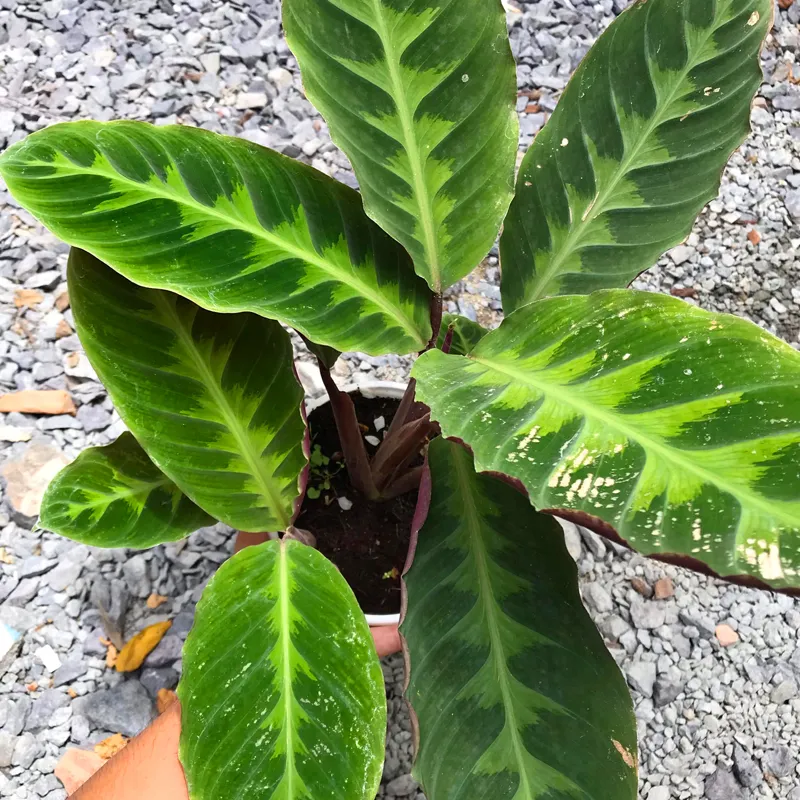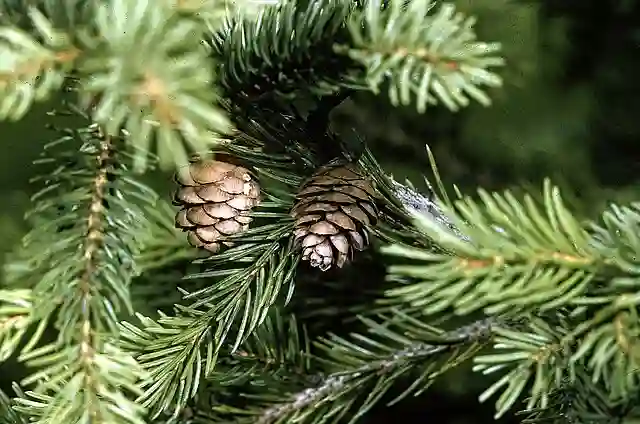Melinis: A Grass Genus with African Roots
My interest in the plant genus Melinis began with a simple observation. While strolling through a local park, I noticed a patch of grass with a distinctive reddish hue and a sweet, almost molasses-like scent. Intrigued, I delved into the world of botany and discovered that this unassuming grass belonged to the genus Melinis, a fascinating group of plants with a rich history and diverse uses.
What is Melinis?
Melinis is a genus of grasses that is native to Africa and the Arabian Peninsula and belong to the Poaceae family. The name “Melinis” is derived from the Greek word “meline,” meaning “millet,” which alludes to the small, millet-like seeds produced by some species. The genus is characterized by its paniculate inflorescences (branched flower clusters), the presence of a fringe of hairs on the ligule (a membrane where the leaf blade meets the sheath), and the unique texture of the upper lemma (a bract that encloses the flower), which is often chartaceous, cartilaginous, or crustaceous.
Species within the Melinis Genus
The genus Melinis encompasses a variety of species, each with its own unique characteristics and distribution. Here are:
- Melinis minutiflora: commonly known as Molasses Grass, is a perennial species notable for its spreading habit and vibrant pink to purple flower clusters. Originating from Africa, it has since spread to various tropical and subtropical regions, where it thrives in full sun and well-drained soils. Its flowers emit a pleasant scent, attracting a range of pollinators, and it can serve as ground cover, suppressing weeds. However, due to its resilience, Melinis minutiflora is sometimes invasive, particularly in warmer climates, where it quickly dominates natural ecosystems.
- Melinis repens: Also known as Natal Red Top, Melinis repens is an attractive, short-lived perennial grass prized for its delicate, reddish-pink seed heads, which sway gracefully in the wind. This species is highly adaptable, growing well in poor soils and often found along roadsides, open fields, and disturbed areas. Its fine texture and vibrant color make it a popular choice for ornamental landscaping. While it can sometimes self-seed prolifically, Melinis repens is generally easier to control than other invasive grasses, making it a versatile option in both natural and managed landscapes.
- Melinis nerviglumis: or Ruby Grass, is a small, ornamental grass celebrated for its dense, silver-green foliage and eye-catching pinkish flower heads that age to a soft white. This species is native to southern Africa and is well-suited to xeriscaping due to its drought tolerance. Its compact, tufted growth habit makes it ideal for border plantings or as a ground cover. Melinis nerviglumis is relatively low-maintenance, thriving in full sun and well-drained soil. Its unique color and form add textural interest to gardens, where it is generally non-invasive and easily managed.
- Melinis ambigua Hack.
- Melinis amethystea (Franch.) Zizka
- Melinis angolensis Rendle
- Melinis ascendens Mez
- Melinis biaristata (Rendle) Stapf & C.E.Hubb.
- Melinis drakensbergensis (C.E.Hubb. & Schweick.) Clayton
- Melinis effusa (Rendle) Stapf
- Melinis gossweileri C.E.Hubb.
- Melinis kallimorpha (Clayton) Zizka
- Melinis longiseta (A.Rich.) Zizka
- Melinis macrochaeta Stapf & C.E.Hubb.
- Melinis maroccana (Maire & Sam.) M.B.Crespo, M.Á.Alonso & Mart.-Azorín
- Melinis reynaudioides (C.E.Hubb.) Zizka
- Melinis rupicola (Rendle) Zizka
- Melinis scabrida (K.Schum.) Hack.
- Melinis subglabra Mez
- Melinis tanatricha (Rendle) Zizka
- Melinis tenuissima Stapf
- Melinis tomentosa Rendle
- Melinis welwitschii Rendle
The Importance of Melinis
Melinis grasses play a significant role in both natural ecosystems and human activities. They serve as a valuable source of forage for livestock, help to prevent soil erosion, and contribute to the biodiversity of grasslands and savannas. In addition, some Melinis species are used for ornamental purposes, adding beauty and texture to gardens and landscapes.
My Personal Connection to Melinis
As a resident of Hanoi, I am particularly interested in the role of Melinis grasses in the local environment. While some species, such as Melinis minutiflora, are considered invasive in certain parts of the world, they can also provide benefits in terms of soil stabilization and forage production. I believe that it is important to understand the ecological impact of Melinis grasses in the Vietnamese context and to promote sustainable practices that balance their potential benefits and risks.
Future Directions
My exploration of the Melinis genus has just begun. I am eager to learn more about the genetic diversity of these grasses, their adaptability to different environmental conditions, and their potential for use in phytoremediation (using plants to clean up environmental pollutants). I also hope to raise awareness about the importance of conserving Melinis species and their habitats, ensuring that they continue to thrive for generations to come.
If i die, water my plants!



